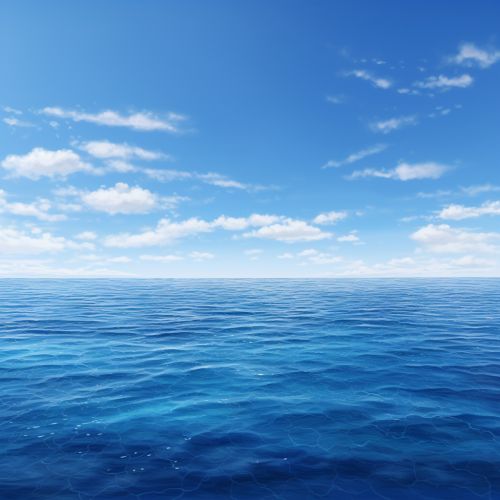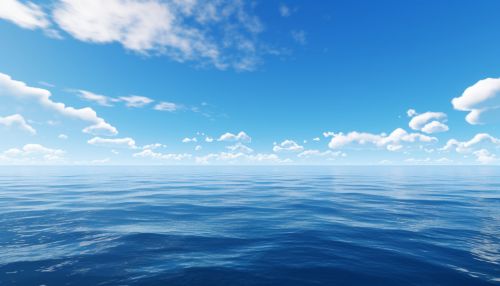The Chemistry of Ocean Deoxygenation and Marine Life Impacts
Introduction
Ocean deoxygenation refers to the decrease in the concentration of dissolved oxygen in the ocean, a phenomenon that is primarily caused by human activities such as global warming and nutrient pollution. This process has significant impacts on marine life, affecting the survival, growth, and reproduction of marine organisms.


The Chemistry of Ocean Deoxygenation
Causes of Deoxygenation
The primary causes of ocean deoxygenation are global warming and nutrient pollution. Global warming increases the temperature of the ocean's surface, which reduces its ability to absorb oxygen from the atmosphere. This is due to the inverse relationship between water temperature and its capacity to hold dissolved gases, a concept known as Henry's Law.
Nutrient pollution, on the other hand, leads to excessive growth of phytoplankton, a process known as eutrophication. When these phytoplankton die and decompose, the decomposition process consumes oxygen, leading to deoxygenation.
Chemical Processes Involved
The chemical processes involved in ocean deoxygenation are complex and involve several steps. The process begins with the absorption of carbon dioxide (CO2) from the atmosphere by the ocean. This leads to the formation of carbonic acid (H2CO3), which subsequently dissociates into bicarbonate (HCO3-) and hydrogen ions (H+). This process is known as ocean acidification.
The increase in hydrogen ions leads to a decrease in the pH of the ocean, making it more acidic. This acidity can affect the ability of marine organisms to form shells and skeletons, which are made of calcium carbonate (CaCO3). The increased acidity can dissolve these shells and skeletons, leading to the death of these organisms.
Impacts on Marine Life
Direct Impacts
The decrease in oxygen levels in the ocean can have direct impacts on marine life. Many marine organisms, such as fish and crustaceans, require a certain level of oxygen to survive. When oxygen levels fall below this threshold, these organisms can suffocate and die.
In addition to suffocation, low oxygen levels can also lead to a condition known as hypoxia, which is a state of oxygen deficiency that can lead to the death of marine organisms. Hypoxia can also lead to changes in the behavior of marine organisms, such as changes in feeding and mating habits.
Indirect Impacts
Indirect impacts of ocean deoxygenation on marine life include changes in the food chain and ecosystem dynamics. When oxygen levels decrease, the species composition of marine ecosystems can change, with species that are tolerant of low oxygen levels becoming more dominant.
These changes can have cascading effects on the food chain, affecting the availability of food for other marine organisms. For example, if a species of fish that is a primary food source for larger predators dies off due to low oxygen levels, the predators may also decline in number due to a lack of food.
Mitigation and Future Outlook
Mitigating the effects of ocean deoxygenation involves addressing the root causes of the problem, namely global warming and nutrient pollution. This can involve reducing greenhouse gas emissions to slow global warming and implementing measures to reduce nutrient pollution, such as improving wastewater treatment and reducing the use of fertilizers.
The future outlook for ocean deoxygenation is uncertain and depends on the actions taken to address the problem. If current trends continue, it is expected that deoxygenation will continue to worsen, with severe impacts on marine life. However, if steps are taken to mitigate the problem, it may be possible to slow or even reverse the process of deoxygenation.
